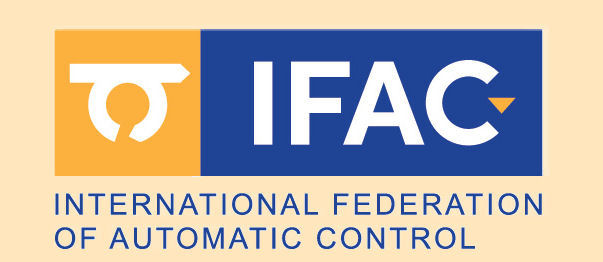| Paper FriS1T1.1
El Hamzaoui, Fatima zahra (Faculty of sciences Ain Chock Hassan II University), Taouni, Abderrahim (University Hassan II, Faculty of Science, Casablanca), Belhoussine Drissi, Taoufiq (University Hassan II, Faculty of Science, Casablanca)
Comparison between Perturb & Observe, Fuzzy Logic MPPT Technique, and the Artificial Neural Network Techniques at Different Temperature Conditions
Scheduled for presentation during the Regular Session "Photovoltaic systems control " (FriS1T1), Friday, July 12, 2024,
09:00−09:20, Salle des conférences
12th IFAC Symposium on Control of Power & Energy Systems, July 10-12, 2024, Rabat, Morocco
This information is tentative and subject to change. Compiled on December 13, 2025
|
|
| Keywords Power Electronics Control, Optimization in Energy Systems, Future Challenges To Electrical Networks and their Solutions
Abstract
Abstract: Photovoltaic (PV) system performance is influenced by environmental factors such as irradiation, temperature, and shading effects, which we cannot control. However, to address this aspect, maximum power point tracking (MPPT) algorithms come into play. They keep an eye on the working point and modify it in real-time to comply with the Maximum Power Point (MPP), which assists in reducing the impact of environmental fluctuations. This, in turn, results in steady and ideal power generation from the PV system, increasing its dependability and efficiency regardless of the unpredictable climate conditions. This research compares three commonly used approaches for tracking the maximum power point (MPP) in photovoltaic (PV) systems: the perturb and observe (P&O) method, fuzzy logic control (FLC), and Artificial Neural Networks (ANN). This comparison is based on a simulation using MATLAB/Simulink to carry out an in-depth analysis of these three methods. This simulation enables a complete examination of all the three methods, considering parameters like complexity, stability, and efficiency. This study intends to give a comprehensive review of the performance and applicability of the P&O method, fuzzy logic control, and Artificial Neural Networks (ANN) in PV systems by assessing these parameters. The present research adds useful insights to current information by thoroughly examining three popular MPPT approaches with simulations in MATLAB/Simulink. The findings can help researchers and professionals choose the best strategy for their PV systems based on their specific requirements. Furthermore, the comparison study highlights prospective possibilities for future research and MPPT technique improvements. Keywords: Photovoltaic system; temperature; irradiation, DC-DC boost converter; MPPT Techniques; P&O; ANN; FL methods; stability; efficiency; MATLAB/Simulink.
|
|


 This site is protected by copyright and trademark laws under US and International law.
This site is protected by copyright and trademark laws under US and International law.